Sound
[responsivevoice_button]
I mention it in every cable review. I know cable-sound is a sensitive topic. There’s a never-ending debate going on if cables can make a difference in the audio chain. Some say they do (me included) and others say they don’t. Which is fine by me. Personally, I think cables can make a difference, but it’s not clear as day. The biggest factor of course are your own two ears. Can they pick these minute changes up? Then there’s the monitor itself. Some headphones and IEMs are not as likely to display the changes as others. The most cable-responsive monitor I know is Noble’s Katana. It shows me every change there is. Not just from cables, but from sources and amplifiers as well. However, a change is not always given to be for the better. As with all gear, it’s depending on the synergy.
For the Sound section I have used a number of C/IEMs. The most ear-time went to the A18t, Fourté Noir and tia Trió. To me it seems the Iliad pairs best with 64 Audio monitors. I wish I could’ve tested the Iliad with the Vision Ears Elysium, but unfortunately I sent it back to its creator shortly before Iliad arrived. My sources of trust were the Lotoo PAW Gold Touch and PAW 6000.
So what does the Iliad do to the sound?
With the Iliad I perceive better extension into bass and highs. It goes down low into the sub-bass regions with impressive precision. What I want to note particularly is the texture, physicality and resolution Iliad manages to portray. Bass notes get more authority in their delivery. They are not necessarily tighter or faster, but gain a bit in weight and impact.
The biggest change for the mids seems to be in technical performance to me. Iliad doesn’t make them sound smoother, sweeter or anything. It rather puts a cleaner note on the mids, where everything sounds more precise and better lit. Iliad gives instruments great separation and resolution. Just like with bass, it goes for better texture. The midrange to me appears more open sounding, where vocals and instruments have a full body and excellent size.
If you are planning to use the Iliad with an IEM that has harder edged highs, you should absolutely demo it beforehand. I’ve hooked up the Iliad to my Layla and couldn’t bear the changes it brought to the treble. Highs do get sharpened with the Iliad. They sound more forward, more energetic and quite a bit faster. Again, if your monitor is on the edge of that, you might want to steer away from the Iliad.
The Iliad’s key-strengths to me are definitely in its technical performance. It enables my monitors to higher resolution, gives them a dark black background and stretches the stage in all dimensions. The sound-stage becomes wider, deeper and taller. The Iliad manages to create a holographic experience, where musicians are portrayed with excellent care in front of you.
Usually I like to use my Noble Katana for cable reviews, as it is one of the most cable-responsive monitors I have. But with the Iliad I found that the stage construction was just over the top. It sounded unnaturally large to me.
When it comes to micro-detail retrieval and separation, the Iliad performs at very high levels again. It tickles out the finest nuances in the music and presents them with ease. With the Iliad I can pick out small information in the tracks and perfectly concentrate on them. The layering and control over the scene is something the Iliad also does impressively well in my opinion.
Suggested Pairings
64 Audio A18t, A12t, N8, Fourté Noir and tia Trió; Empire Ears Legend X, Valkyrie and Phantom; qdc Anole VX; AAW Canary; Lime Ears Model X;
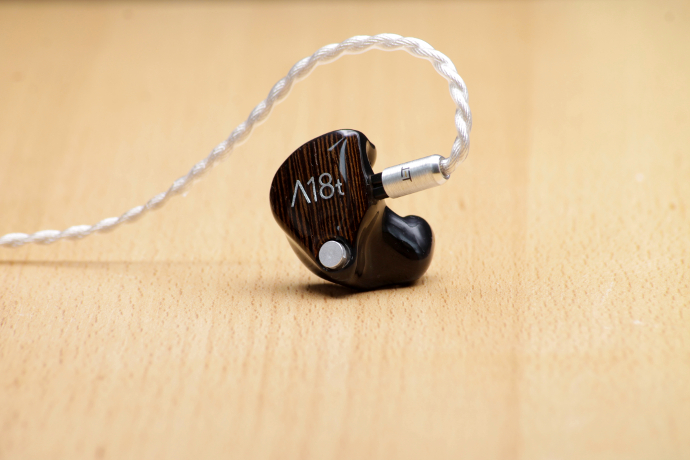
Eletech Iliad
Comparisons
The realm of 1000+ USD cables has been reached a long time ago. In the last three years alone we’ve seen so many cables being released in that segment, that they’ve become normal rather than shocking. In this chapter we’ll see how the Iliad fares against Effect Audio’s most recent flagship – the Code 51 – but also HanSound’s new Torfa (4-wire) and PW Audio’s 1960s (also 4-wire).
Mentioned prices are in USD and correct at the time of writing. I’ve used the A18t and Fourté Noir mainly for this section.
Effect Audio – Code 51 (2,388$)
That’s probably a comparison people are most interested in. Both cables use a very similar construction of materials. The Code 51 uses gold-plated silver, palladium-plated silver and a silver-gold alloy all in 24 AWG size. When you hold both cables in hand, you’ll see the differences immediately. The color difference is very obvious, but also the size of the individual strands, which are thicker on the Iliad. Build and comfort wise I see these two absolutely head to head. The Iliad has a looser braiding than the Code 51, but they are both equally flexible to me.
Sonically the Iliad and the Code 51 do share some similarities, but differ in a few aspects to me. For example, both cables bring top notch technicalities to the table. They spread an equally large stage with superb imaging and resolution, but the Iliad has nicer texture in the lows. The Code 51 on the other hand gives better authority and drive to the bass. Both the EA and Eletech cable reach remarkably deep into sub-bass and I couldn’t pick one out as a clear winner here.
Where the two differ the most to me is in overall smoothness. The Code 51 has a smoother midrange that makes them sound a touch more organic. The Iliad on the other hand trades that smoothness for transparency. Instruments sound a bit fuller with the Code 51 than the Iliad, but the Iliad makes them sound just a bit more precise.
Both cables bring out a vast amount of details and don’t seem to miss a single bit of information. The highs are again a point where both differ noticeably to me. The Iliad has a sharper and faster sounding top-end, while the Code 51 is smoother and softer up top. The EA doesn’t push as much treble energy as the Iliad, but that is not necessarily a bad thing. Monitors on the edge of sibilance might be better suited with the Code 51 as with the Iliad. Unless you like the treble to be more direct.
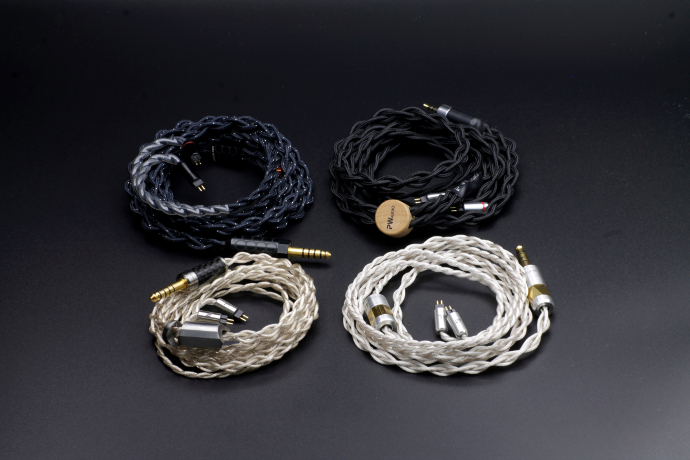
Eletech Iliad
PW Audio – 1960s 4w (1,889$)
The 1960s is a four wired cable using a coaxial design. Which means there is a total of eight conductors in this one. That’s double of what the Iliad has. In terms of construction and materials they are very different. PW Audio’s cable uses pure copper in 26 AWG size. In terms of build quality the Iliad stands above and beyond the 1960s. The plugs and split are clearly ahead of what PW uses. What I have to give to PW though, is the fact that it never broke insulation. It’s as flexible as on day one. That’s something the Iliad has to achieve still. We’ll see how it is after months of use. Comfort clearly goes to the Iliad.
The PW and the Eletech also share some similarities. Like the incredible resolution and black background. Both cables bring that to the table. The Iliad however adds better texturing to the low-end and gives sub-bass a slightly bigger bump. It sounds more authoritative, while the PW has a tighter bound bass that might be a tick faster.
Both cables have similar levels of transparency in the mids. They bring out instruments with precision. The Iliad has slightly more body and weight in the mids though, whereas the 1960s is a bit thinner and lighter.
The 1960s and Iliad both spread a nicely wide and deep stage, but I hear the Iliad performing slightly better in width. It also comes out on top in terms of layering to me. Where they go head to head is resolution and micro-details. They portray every beep with accuracy and precision.
When we are looking at treble, they do perform almost equally. Both sharpen the top-end to some degree, but to me the Iliad sounds a notch brighter and more energetic. The 1960s has a slightly calmer high end, which suits monitors like the Layla better. Although that pairing also hits my limits.
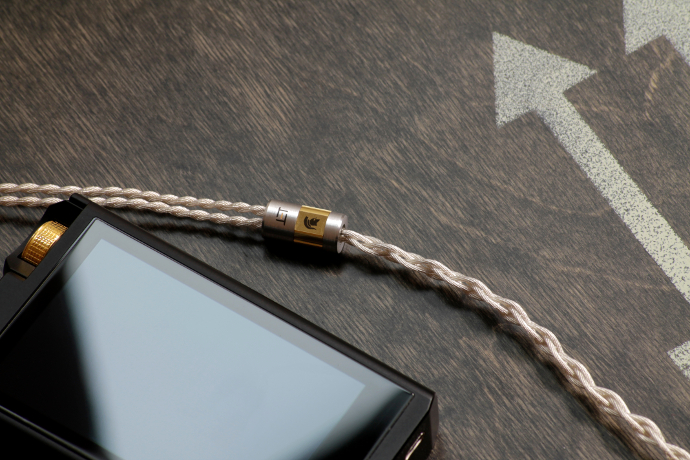
Eletech Iliad
HanSound Audio – Torfa 4w (1,639$)
The Torfa is HanSound’s latest flagship and comes with a different material mix than the Iliad. The Torfa uses a gold-silver alloy with copper wires in 22 AWG size. Just like the PW 1960s it uses a coaxial design, so the four wires come to a total of eight conductors. HanSound uses one of these for dedicated grounding in the 4.4 mm plug. In terms of comfort the Torfa has a lot of room for improvement. It’s not flexible and puts quite a bit of weight on the ears. Both of that does not apply to the Iliad.
The Torfa and the Iliad produce similar levels of resolution and rendering. Both manage a very dark background where musicians can stand out clearly from it. Both cables have excellent layering and imaging with a sharp and precise cut. The sound stage on the Iliad stretches a bit further into width, while the Torfa goes a notch deeper. The Iliad has a more holographic appearance in contrast to the more focused Torfa.
Both cables have similar extension into both ends of the spectrum, but the Iliad seems to go just a bit deeper. Iliad also has nicer texture in the low end, which also sounds a bit heavier. The Torfa on the other hand has a very precise and accurate bass, that gives a slight boost to lower mids.
Torfa has a slightly warmer sound overall, that is especially audible in the midrange. Instruments appear more organic and real with the Torfa, while the Iliad gives them higher resolution. Mids sound more transparent on Iliad than on Torfa, which on the other hand has a richer sound. Vocals come across as more emotional and blood-infused with the HanSound to me.
In terms of treble the Torfa produces a richer and calmer top-end, while the Iliad is more energetic and brighter. I never have any problems with the highs on Torfa, while the Iliad does push certain monitors over the edge for me.
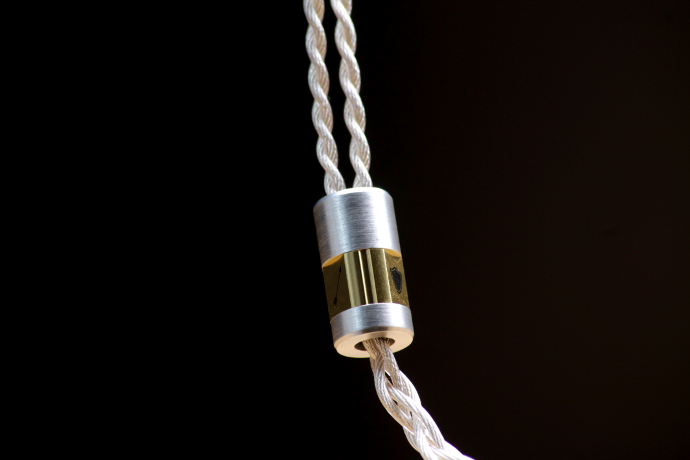
Eletech Iliad
Conclusion
To me there is an undeniable benefit of aftermarket cables, but there also is a very high factor of diminishing returns with them. Especially at that price. The Iliad isn’t for the average Joes among us. It’s for those who don’t have to care about how they spend their money. Those that have no problem throwing out 1,800 US Dollars for a single cable.
Personally, I would rather invest that hard earned cash on my kids. School and Kindergarten are costly. For that amount of money I could pay both for four months. Of course I can’t tell you what to do with your earnings, and that’s 100% fine. You do you. If you’re in the game for a high-end flagship cable, give the Iliad a serious consideration and listen. Go try it with your favorite monitors and see what it does to them.
To me the Iliad has a few stand-out qualities. Its staging, micro-detailing, control and rendering are superb. The texture it reveals is just beautiful. But at the same time, it sharpens treble and can cause for discomfort with IEMs that already have harder edges in its highs. Unfortunately for me it didn’t play well with one of my top CIEMs – the JH Audio Layla.
Pair the Iliad with something like the A18t and you’ll be set for life though. It’s my absolute favorite pairing for it and will probably stay as its main-cable for a long time.
Due to its impressive sound-performance and exquisite build quality, the Iliad is placed on our Best Accessories list.





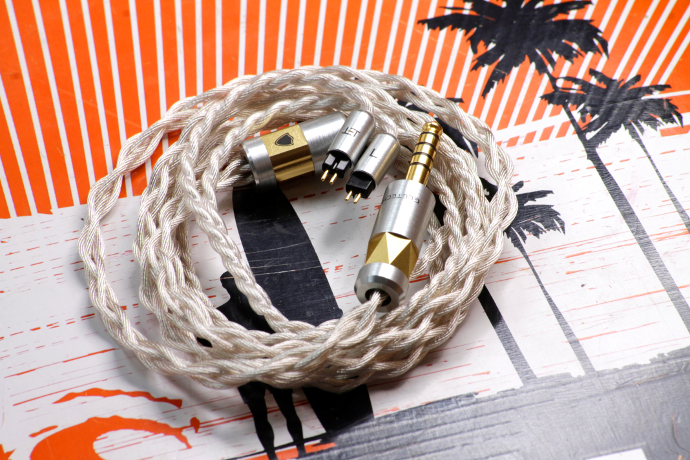
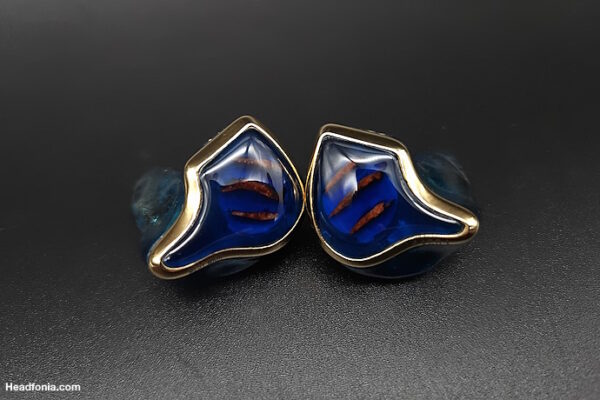
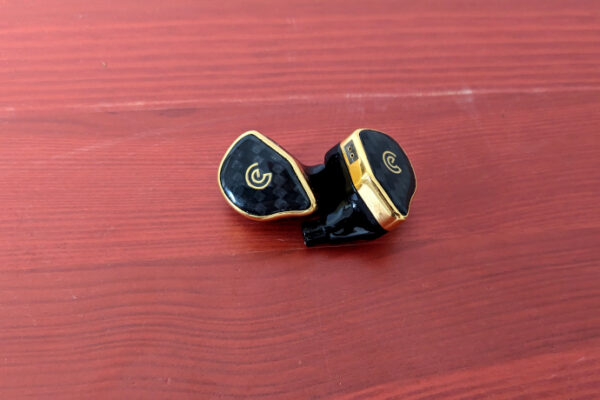
Marat Sar
Cool review. I got this for Fourte Noirs.